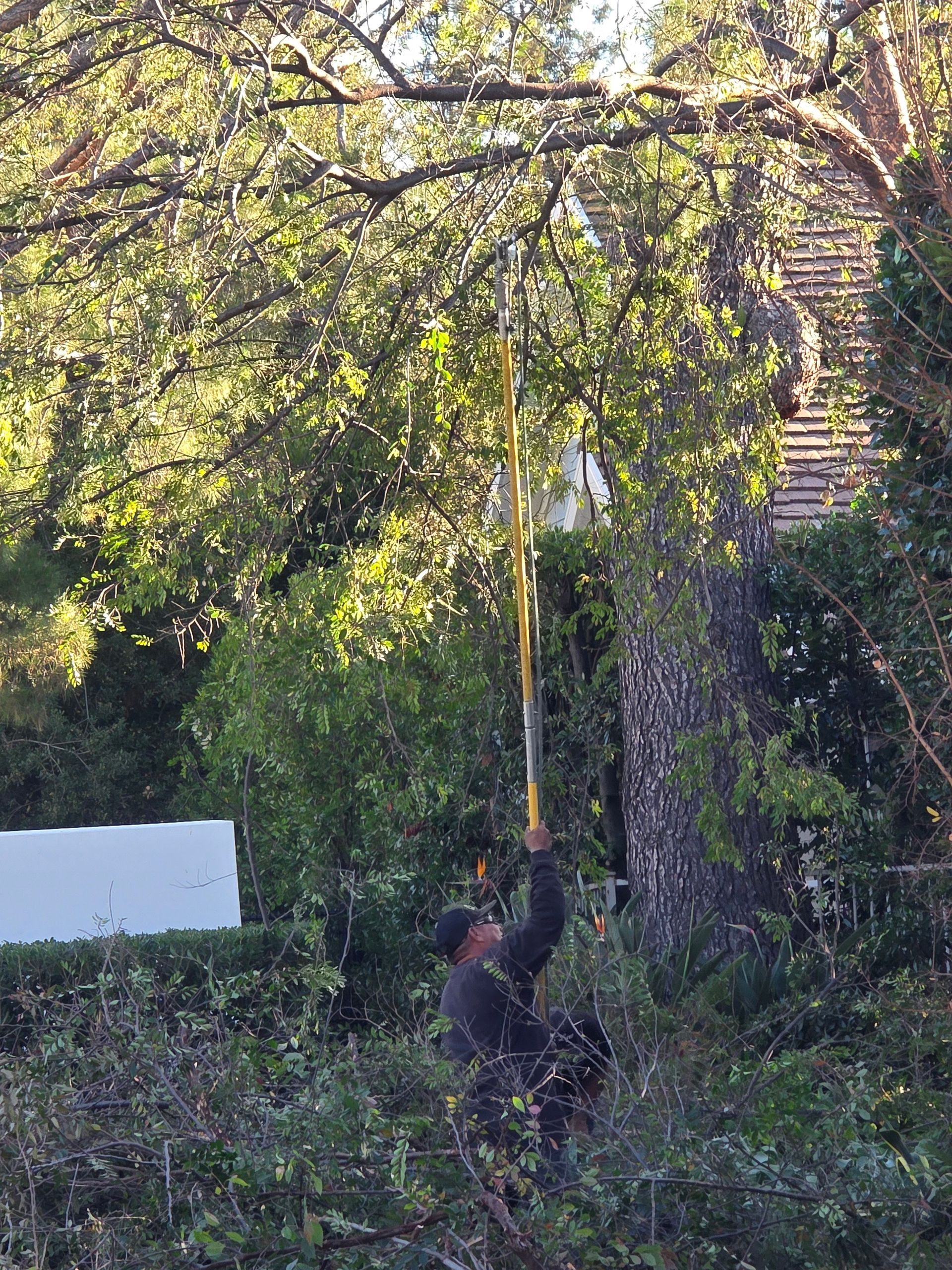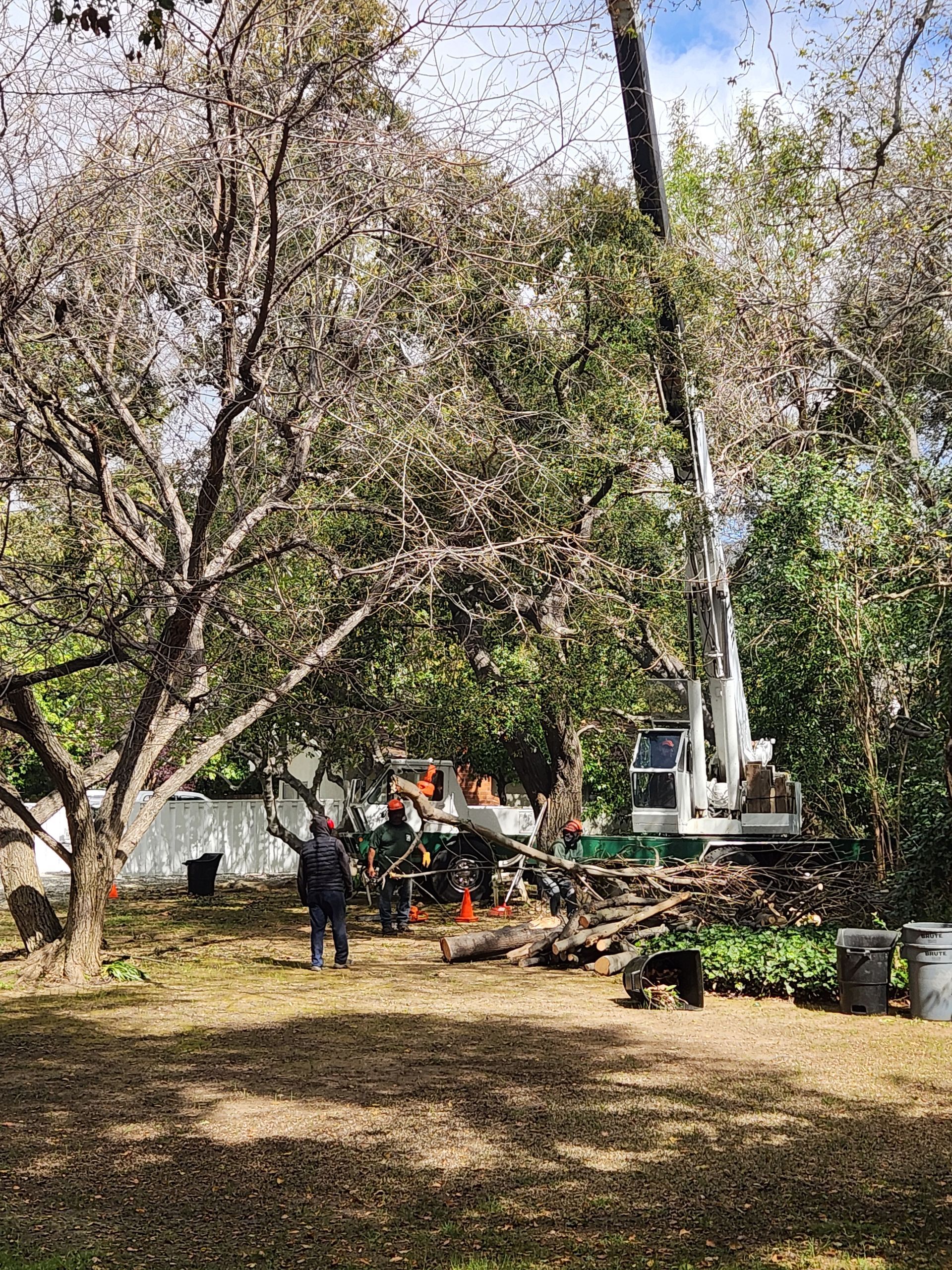Why Trim Trees In The Fall?
Best Time to Trim Trees
Trimming trees in the fall has its advantages, and it can be an appropriate time for certain types of tree pruning. Here are some reasons why trimming trees in the fall can be beneficial:
Dormant Season:
- In many regions, fall is considered a dormant season for trees. During dormancy, the tree is not actively growing, making it an ideal time for pruning. Pruning during dormancy helps minimize stress on the tree and promotes quicker healing of cut branches.
Disease Prevention:
- Pruning in the fall allows for the removal of dead or diseased branches before winter sets in. This helps prevent the spread of diseases and pests, reducing the likelihood of infection in the spring when new growth begins.
Visibility of Branch Structure:
- The leaves have fallen in the fall, providing better visibility of the tree's branch structure. This makes it easier for arborists or homeowners to identify and remove weak or problematic branches, improving the tree's overall structure.
Reduced Insect Activity:
- Insects that may be harmful to trees are often less active in the fall. Pruning during this time can reduce the risk of insects infesting the freshly cut branches and causing damage.
Winter Storm Preparation:
- Trimming in the fall can help prepare trees for winter storms. Removing dead or weak branches reduces the risk of breakage during heavy snow or ice, which can cause damage to property or pose safety hazards.
Encourages Spring Growth:
- Strategic pruning in the fall can stimulate new growth in the spring. By removing certain branches, the tree directs energy to healthier, more vigorous buds, promoting robust spring growth.
Shape and Aesthetics:
- Fall pruning allows for shaping and maintaining the aesthetics of the tree. Removing unwanted branches and maintaining a pleasing shape enhances the overall appearance of the tree.
Healing Before Spring Growth:
- Trees have the opportunity to heal and seal off pruning wounds during the fall and winter months. This helps minimize the risk of diseases entering the tree through open cuts when the sap is actively flowing.
Prevents Winter Damage:
- Overhanging or weak branches can pose a risk during winter storms. Trimming in the fall reduces the chances of branches breaking under the weight of snow or ice, potentially causing damage to structures or nearby plants.
Less Stress on Trees:
- Pruning during the fall places less stress on the tree compared to pruning during the active growing season. This is particularly important for certain tree species that may be sensitive to stress.
While fall is a suitable time for many types of tree pruning, it's essential to consider the specific needs and characteristics of each tree species. Consulting with a certified arborist can provide guidance on the appropriate timing and methods for pruning based on the unique requirements of your trees.



